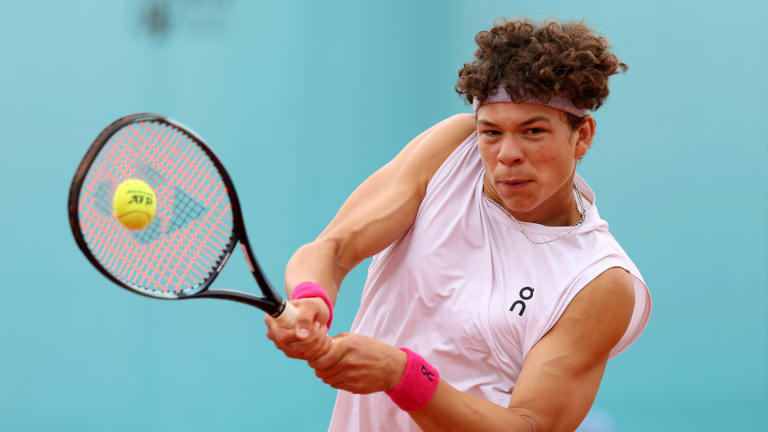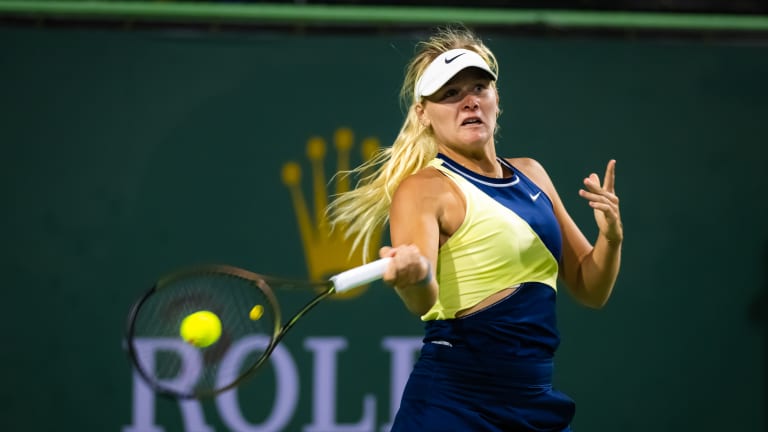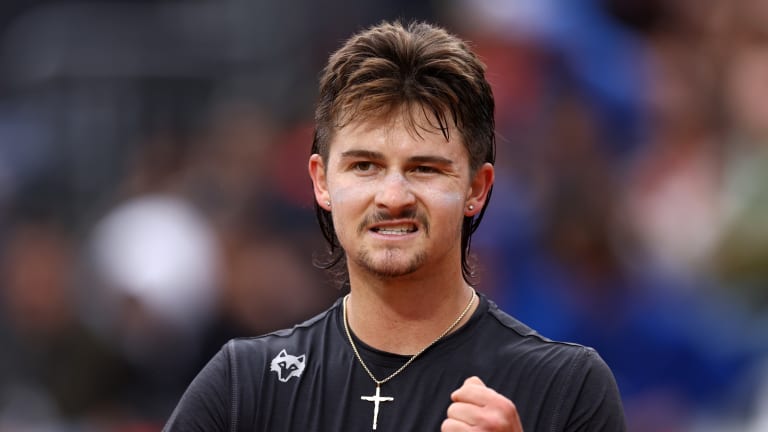Roland Garros
College players Ben Shelton, Peyton Stearns and J.J. Wolf have graduated to Roland Garros
By May 23, 2023Roland Garros
French Open organizers introduce draw to access ticket sales
By Jan 07, 2025Roland Garros
Coaches Corner: Juan Carlos Ferrero proves essential to Carlos Alcaraz's Roland Garros success
By Jun 14, 2024Roland Garros
What’s next for Novak and Nadal? Four ATP storylines after the Paris fortnight
By Jun 10, 2024Roland Garros
Naomi’s resurgence, Iga on grass: Four WTA storylines after the Paris fortnight
By Jun 10, 2024Roland Garros
Carlos Alcaraz becomes the clay-court champion that he—and we—always knew was possible
By Jun 09, 2024Roland Garros
Coco Gauff wins first Grand Slam doubles title with Katerina Siniakova in dream team debut
By Jun 09, 2024Roland Garros
Coco Gauff is a Grand Slam champion in singles and doubles, exceeding her own expectations
By Jun 09, 2024Roland Garros
From Rafa to Iga: as one owner of Roland Garros departs, a new one has moved in
By Jun 08, 2024Roland Garros
Roland Garros men's final preview: Carlos Alcaraz vs. Alexander Zverev
By Jun 08, 2024Roland Garros
College players Ben Shelton, Peyton Stearns and J.J. Wolf have graduated to Roland Garros
Playing a Slam in Paris for the first time, each hopes to be a quick study on the terre battue.
Published May 23, 2023
Advertising
Advertising

Ben Shelton, who had never left the United States until a trip to this year's Australian Open, hopes for a similarly successful debut in France.
© Getty Images
Advertising

Peyton Stearns, who starred at the University of Texas, will look to fire her forehand extensively on the terre battue.
© 2023 Robert Prange
Advertising
Advertising

Like Shelton and Stearns, JJ Wolf played college tennis, and is competing on clay the week before Roland Garros (in Geneva).
© Getty Images